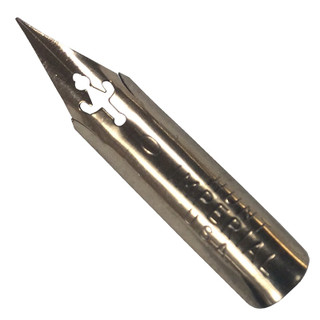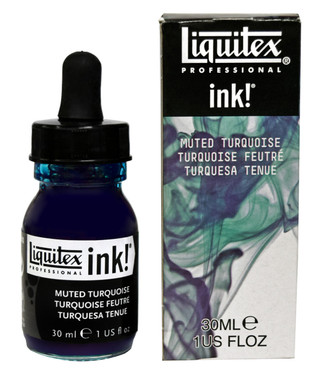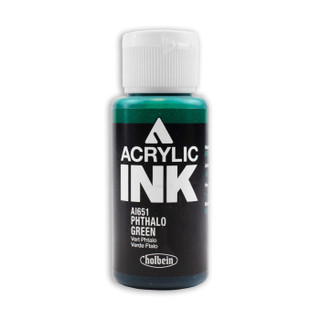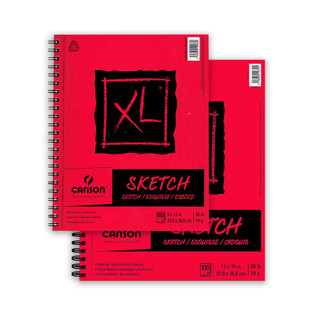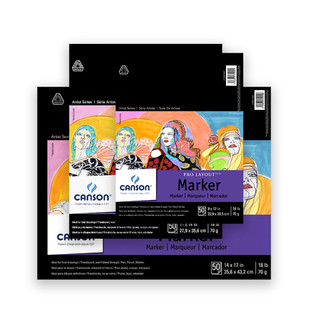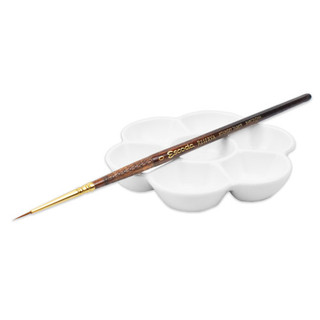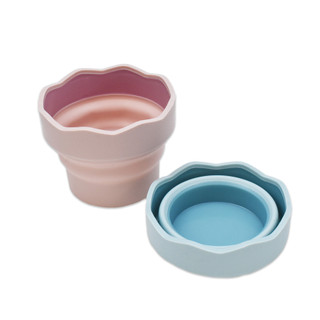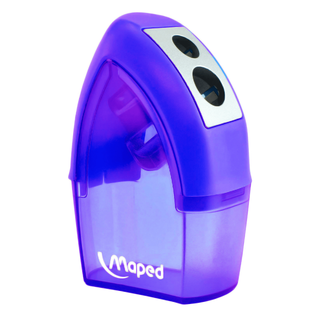Betina Naab - Unlocking the round nib - July 5, 12, 19, & 26, 2025
The round pen nib, with its distinctive circular tip, is a fascinating instrument that often sits unnoticed in our collections. We admire its unique design but wonder: What types of strokes can it cre…
Read MoreDescription
The round pen nib, with its distinctive circular tip, is a fascinating instrument that often sits unnoticed in our collections. We admire its unique design but wonder: What types of strokes can it create? How do we hold it effectively? What is its creative potential? Can we make other things than letters with this pen
In this immersive four-day workshop, we’ll answer these questions through exploration and practice. While the nib may initially seem temperamental, sometimes even reluctant to write, it rewards patience and understanding with its beautiful, monoline strokes and signature rounded ends.
We’ll start with a series of exercises to uncover the nib’s potential, experimenting with different lines, movements, and strokes. Participants will have the opportunity to explore various round pen nib brands from their own collections, for example Speedball B, Redis, Conté, Brause, and Mitchell. Each brand offers subtle differences in stroke quality and smoothness, which we’ll examine in detail.
From there, we’ll progress to creating diagonal, vertical, horizontal, and circular strokes, laying the groundwork for Roman Capitals. By combining these basic elements, we’ll explore patterns with varying weights and densities. Using Roman Capitals as a foundation, we’ll delve into letter variations and creative compositions, unlocking the artistic potential of this unique nib.
Additionally, we’ll experiment with some background techniques and color, transforming your compositions into vibrant and dynamic creations.
Unlocking the round nib
Betina Naab, Hosted By The Gentle Penman
Live (Also recorded for later viewing)
July 5, 12, 19 & 26, 2025 (Saturday)
21:00 pm – 23:00 pm (Hong Kong Time)
Class Cost : HKD 1,170.00 or USD 150.00
Registration Link : https://www.thegentlepenman.com/unlocking-the-round-nib
Supply List:
Pens and Nibs
- Speedball B or Redis Pen
There are two distinct lines of round nibs: the gold-plated Speedball B and the “Redis” pens, which have the same round tip but feature a blue reservoir plate. Both are suitable for this course. Ideally, have both types of nibs, as they vary slightly in flexibility and manufacturing. You will need at least three well-differentiated sizes, or more if you’d like to explore further. Brands can be mixed. For example:
- Speedball B nibs: B0, B1, and B3 (adding a B5 is recommended). B0 is the largest size, and B6 is the smallest. • Redis pen by Brause: Sizes range from 0.5 mm (smallest) to 5 mm (largest). (N16)
- Redis pen by Mitchell: Sizes also range from 0.5 mm to 5 mm. (N130)
- Any other brand within these size ranges.
- Penholders: Ideally one for each nib size. (H129, H113, H111, H134)
- Flexible nib: For example, Hunt 101, Gillot 303, or a similar brand of your choice. (N77, N72)
Inks and Media
We’ll experiment with different types of mediums for the pen:
- Walnut ink and/or Sumi ink (I145, I70)
- Gouache: Cadmium Red or Vermillion. (SG27, HG749)
- Acrylic inks: Two different colors, such as Payne’s Gray or Indigo, and Brazil Brown or Scarlett. Common brands: Liquitex, FW Ink, Schmincke Aero Color. (I2107, I13, HB30)
Paper
- Primary paper for the course: Canson XL pad (orange cover) or Fabriano Skizzi in A3 format. (P108, P2027)
If unavailable, substitute with slightly textured drawing paper in A3 size or similar. Ensure the paper has some grip.
- Optional: Layout pad or alternatively any smooth lightweight paper that allows ink to flow effortlessly. These options can be added to complement your primary selection. (P32)
- 1 sheet of Canson Mi-Teintes or Fabriano Ingres in a dark color (not black). (PS61, PS22)
General supplies
- Masking tape (S1145)
- No. 4 round brush to load the pen (BR02)
- Several dishes for ink and gouache (S747, S2006, S1094)
- Drop counter
- Water jars (S1005, S1695)
- Stand or rest for pens (S912)
- Cloth or kitchen paper
- Long ruler (40–50 cm) (S271)
- HB and 2B pencils (PL38, PL87)
- Pencil sharpener (PL70, PL34)
- Eraser (E13, E09)
- Printed handouts (to be shared in advance)
- A short phrase or text you enjoy writing Workspace
Please ensure your workspace is clear for the class. It’s important to work with free arm movement to avoid strain, and with good lighting to prevent shadows. Ideally, your work surface should be slightly padded—such as a layer of newspaper covered with a clean sheet, or a stack of paper to create a soft writing base. I’ll show you some options during the class. It’s best to work in a comfortable, well-lit space where you can move your paper freely and have full mobility of your arms and body.
Shop supplies for this class:








